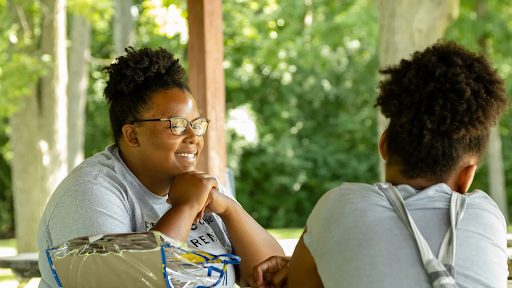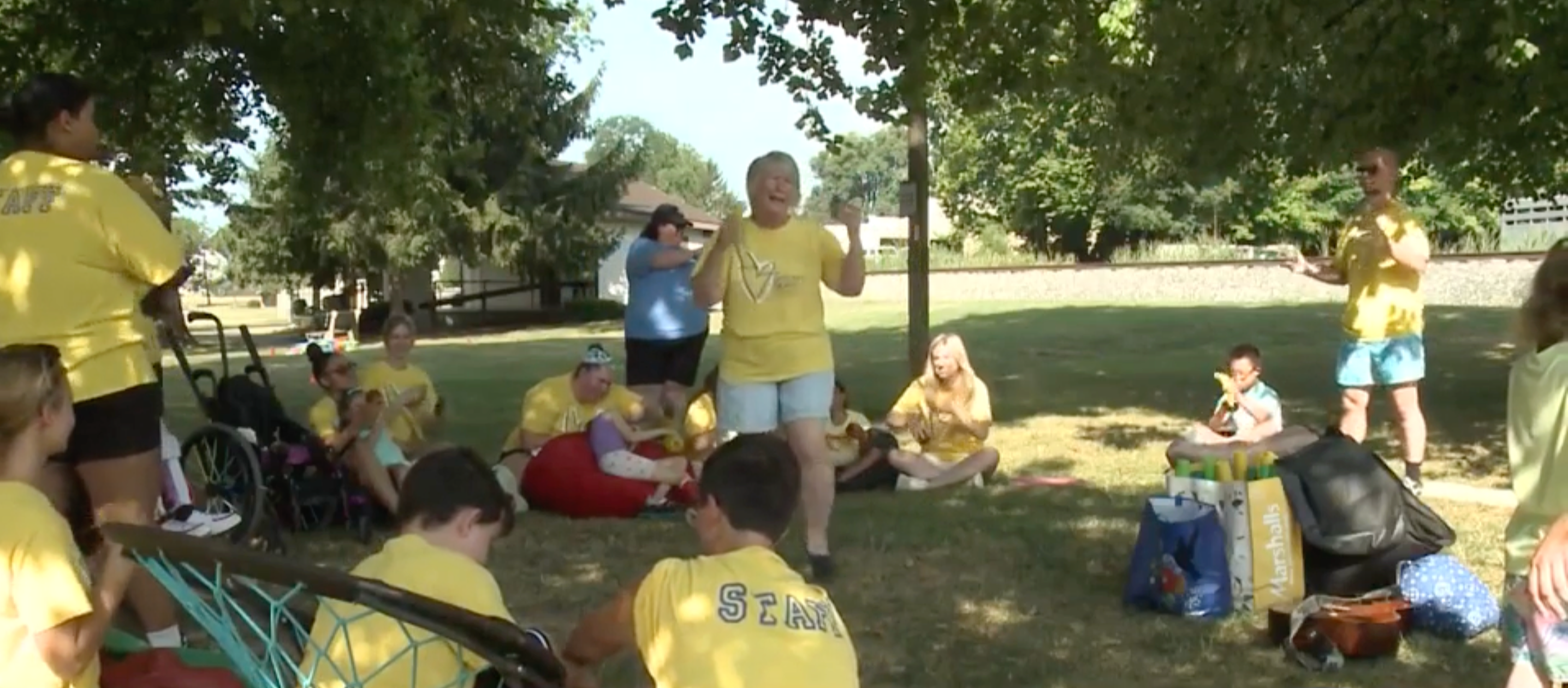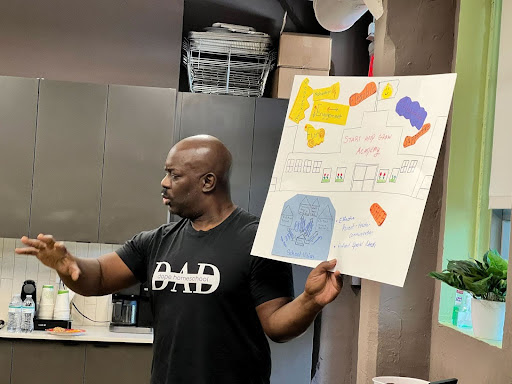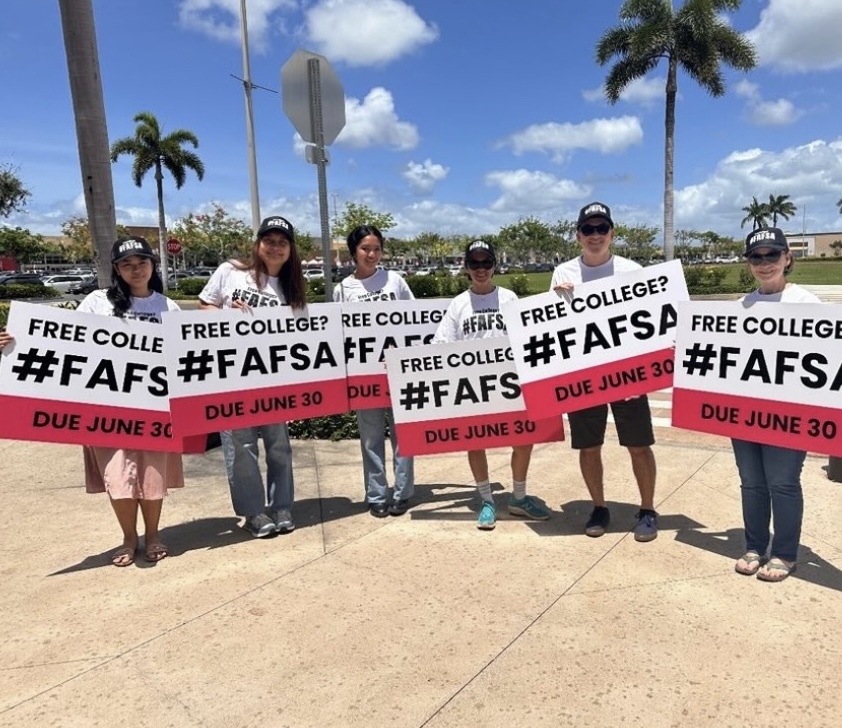Jump to: Top Tasks | From the Field | Key Resources | Moments of Resilience
It is week 204 in our new reality and we are thinking about what the K-12 world can learn from recent trends in higher education.
After years of pulling back from standardized tests, colleges are having second thoughts. “Yale University will require standardized test scores for students applying for the class entering in the fall of 2025,” writes Stephanie Saul for The New York Times. Yale joins MIT, Georgetown and Dartmouth in reversing a pandemic-era pause in testing requirements.
Why? “Yale officials said in an announcement on Thursday that the shift to test-optional policies might have unwittingly harmed students from lower-income families whose test scores could have helped their chances,” Saul explains. Indeed, the pause in testing requirements in 2020 provided colleges with a clear look at the value of a standardized measure of learning in an era of grade inflation.
Here is what Jeremiah Quinlan, the dean of undergraduate admissions at Yale, found: “Simply put, students with higher scores have been more likely to have higher Yale G.P.A.s, and test scores are the single greatest predictor of a student’s performance in Yale courses in every model we have constructed.” The Yale researchers concluded that “test scores were particularly valuable in evaluating students who attend high schools with fewer academic resources or college preparatory courses.”
SUBSCRIBE
While colleges are re-learning the value of objective measures of learning, they are also pushing forward with learning opportunities beyond school walls. “Securing even one internship during college significantly improves the odds of landing a college-level job upon graduation,” Vanessa Fuhrmans and Lindsay Ellis report in The Wall Street Journal. “For humanities and psychology majors, the rate of underemployment five years after college dropped by a quarter with an internship. Among social-sciences majors, it fell by 40%.”
Increasingly, colleges are embracing this insight: “At Tufts University, environmental studies majors complete at least 100 hours of internship experience … Other institutions, like George Mason University, have set up scholarship funds to subsidize students who take unpaid internships. Nearly all undergrads at Northeastern University in Boston complete at least one six-month internship. Six months after graduation, 91% of working graduates report having jobs related to their major, according to the school’s most recent data.”
Last time in The New Reality Roundup, we looked at progress in expanding tutoring in Louisiana and New Jersey and shared the latest AdvocacyLabs video featuring Derrell Bradford. This week, we put a spotlight on the enrollment crisis in big cities and talk to Steve Hernandez, the new ED of ConnCAN.
TOP TASKS
Take note of the Los Angeles canary in the under-enrollment coal mine
Last April, in week 158 of this newsletter, we argued that education advocates had to “get ready for the coming baby bust in big cities.” Building upon data gathered by Brian Eschbacher, the former executive director of Denver Public Schools’ SchoolChoice system, we wrote that as a sharp decline in births accelerated by the pandemic “ripples through our education system in the coming years it will dramatically upend the enrollment assumptions upon which nearly everything in education is based.”
The first signs of that dramatic upending are here, and the harbingers come not only from the nation’s traditional public schools but also from the urban charter networks that were among the most promising solutions to closing achievement gaps over the past three decades. This new enrollment reality is bringing back old, zero-sum political fights over already-dwindling resources with the ESSER fiscal cliff visible on the horizon.
The epicenter of this dynamic, at least for now, is Los Angeles. LA School Report writes, “Charter schools now account for about 20% of the district’s enrollment, serving more than 150,000 students in kindergarten through 12th grade in 275 schools. Enrollment in the schools peaked in 2021, when the city’s charters enrolled nearly 168,000 students. Since then admissions have declined by nearly 11%, although not as fast as district schools. L.A. Unified enrollment reached 639,337 in the 2015-2016 school year and fell to just 538,295 in 2023, a decline of nearly 16%.”
“The decades-old charter school sector in Los Angeles has never faced headwinds so stiff, operators say,” LA School Report continues. “Los Angeles, which has more kids in charter schools than any city in the country, this month banned charters from nearly half its school buildings, even as dropping enrollment emptied out classrooms across the city.”
THE TASK OF THE WEEK IS
Learn from Steve Hernández, ConnCAN’s new leader
Last month, 50CAN President Derrell Bradford announced the next executive director to lead ConnCAN into the next chapter, Steve Hernández. Last week, in a powerful testimony, Steve re-introduced himself to the legislature in his new role, and we’ve got the video for you.
We took some time this week to talk with Steve to learn more about his transition, the current funding challenges in Connecticut and why coalition-building is central to his strategy.
You’ve been inside the legislature and now you’re outside. How’s that feeling, Steve? What’s similar and different?
Steve Hernández: It has been nothing less than liberating being on “the other side of the velvet rope.” In the Connecticut statehouse, there’s literally a velvet rope that separates advocates and residents from the legislature. I thought about that rope a lot in my career and the ways in which it separates, sometimes in tangibly harmful ways, the people from the electeds, especially when decisions are made for them, without them.
Truthfully, I wasn’t anticipating the feeling of absolute freedom that I’ve experienced being on that rope’s other side. It’s the type of freedom that is so subtly pervasive when you don’t have it that when you do have it it’s almost shocking. Throughout my career, I’ve noticed in myself and in others, that authentic voice and authentic passion is the critical component of making change on behalf of your constituents and on behalf of children. In the position I’m now in, leading ConnCAN, I feel less fettered by the political winds and machinations of the day. Instead, I can speak to my true values and passion.
Coalitions have been a long-term part of your changemaking strategy throughout your career. What is the value you see in them and what advice do you have for early-career advocates looking to get in on building coalitions?
Steve Hernández: When you really put effort into the task of finding agreement about the things that bring us together and excite us, there’s an exercise there in understanding what really matters. What matters to you? What matters to each member of the coalition? It forces a clarity of vision and strategy.
So coalition building isn’t the goal, it’s the process by which you get to policy and where we see that, when it comes to the power of coalition, 1+1=3 on a daily basis.
Why can’t education advocates take their eyes off the ball right now in Connecticut?
Steve Hernández: The Governor’s plan is modeled on what leaders in industry and work-force have been telling him for a while, which is to put less money in K-12 and more in early childhood and higher education. The main message from industry is that their workers can’t find affordable childcare.
Our argument is that we need to keep building across the entire continuum, including in K-12. We’re seeing some early signs that the legislature is turning on this as a result of our advocacy, the coalitions we’re taking part of and especially parents on the ground. There’s tremendous community-driven energy on the ground, and I see that as a direct result of how we’re engaging with communities and building the grassroots.
As for the actual policy, the budget exercise in Connecticut is rooted in a time-stressed notion of scarcity. We are convinced that there’s only just enough to go around. That does a few things: it stifles innovation and it prevents people from thinking that every child is an asset.
THE TASK OF THE WEEK IS
FROM THE FIELD
NewMexicoKidsCAN wrapped up the Land of Enchantment’s 30-day legislative session last week. A key focus of the team was countering an effort to create a statewide elected school board that would have resulted in less accountability and greater barriers to making change throughout the system. While that effort was successful, they are pushing for much more. “It’s incredibly disappointing that education remains a low-priority for this Governor and the legislature, particularly given pandemic-era declines and the fact we’re dead last in the United States in education outcomes,” Executive Director Amanda Aragon said. Read more at NMEducation.org.
In a major step forward, HawaiiKidsCAN has seen three of their priority bills for 2024 voted out of the House Education Committee. HB1657 will ensure all students are screened for dyslexia, HB1655 ensures transparency for parents on whether curriculums follow the science of reading and HB1654 creates a grant program to incentivize local businesses to offer work-based learning experiences like internships to students.
Key Resources
 With 1 in 7 students changing residences or neighborhoods every year, Fordham Institute uncovers another benefit to charter schools: residentially mobile charter school students are significantly less likely to change schools when they change addresses.
With 1 in 7 students changing residences or neighborhoods every year, Fordham Institute uncovers another benefit to charter schools: residentially mobile charter school students are significantly less likely to change schools when they change addresses.
 Education Next studies a promising proof point out of Dallas, where schools are using student surveys to evaluate teacher performance with surprising results.
Education Next studies a promising proof point out of Dallas, where schools are using student surveys to evaluate teacher performance with surprising results.
 The Center for American Progress looks at three emerging trends in standardized assessment, from through-year testing to performance-based assessments.
The Center for American Progress looks at three emerging trends in standardized assessment, from through-year testing to performance-based assessments.
 Urban Institute put a spotlight on the state of higher education debt. One finding: “more Black households have student loan debt than before the pandemic student loan payment pause, but they typically hold lower balances than before the pause.”
Urban Institute put a spotlight on the state of higher education debt. One finding: “more Black households have student loan debt than before the pandemic student loan payment pause, but they typically hold lower balances than before the pause.”
 Black college-goers who enroll in an HBCU increase the probability of earning a bachelor’s degree by nearly 15 points, a new report from Brookings finds, amidst a number of other benefits.
Black college-goers who enroll in an HBCU increase the probability of earning a bachelor’s degree by nearly 15 points, a new report from Brookings finds, amidst a number of other benefits.
Moment of Resilience

28 year-old Autumn Palmer meets with 10 year-old Peighton at City Centre Park in Detroit. Both are members of the city’s Friend of the Children Program, which matches first and second graders with a mentor who remains a constant in their mentee’s life for the next 12 years. It is a powerful example of what we hope will become a core element of the education system of the future: “A mentor who listens to, and understands, each student’s individual needs and life experiences.”







